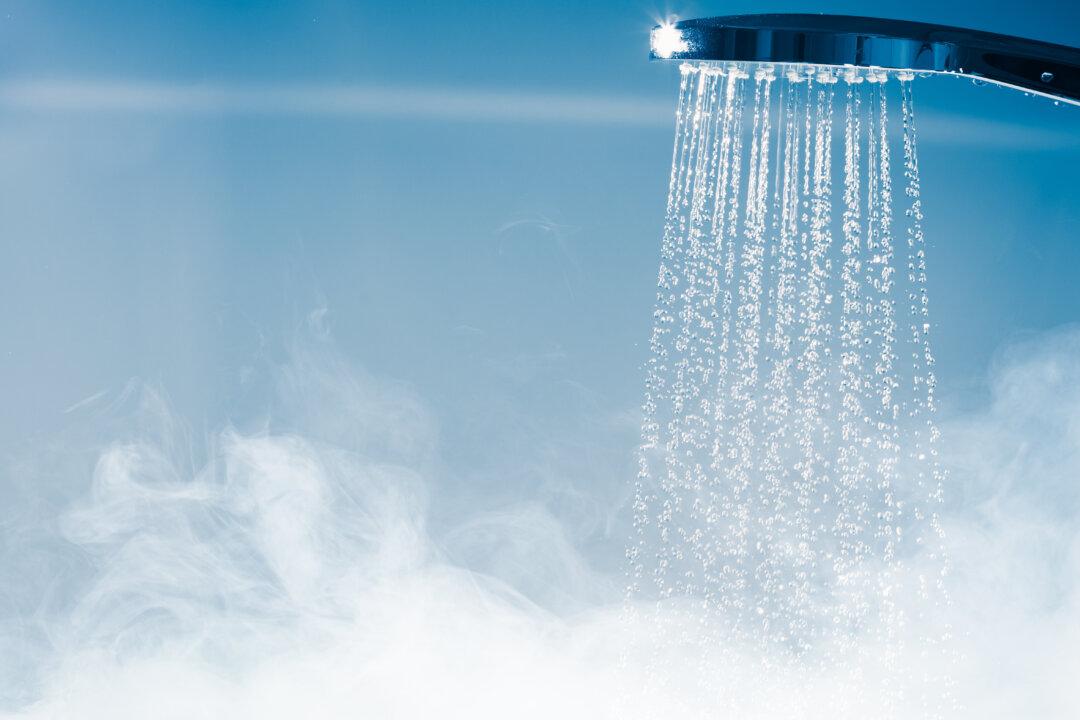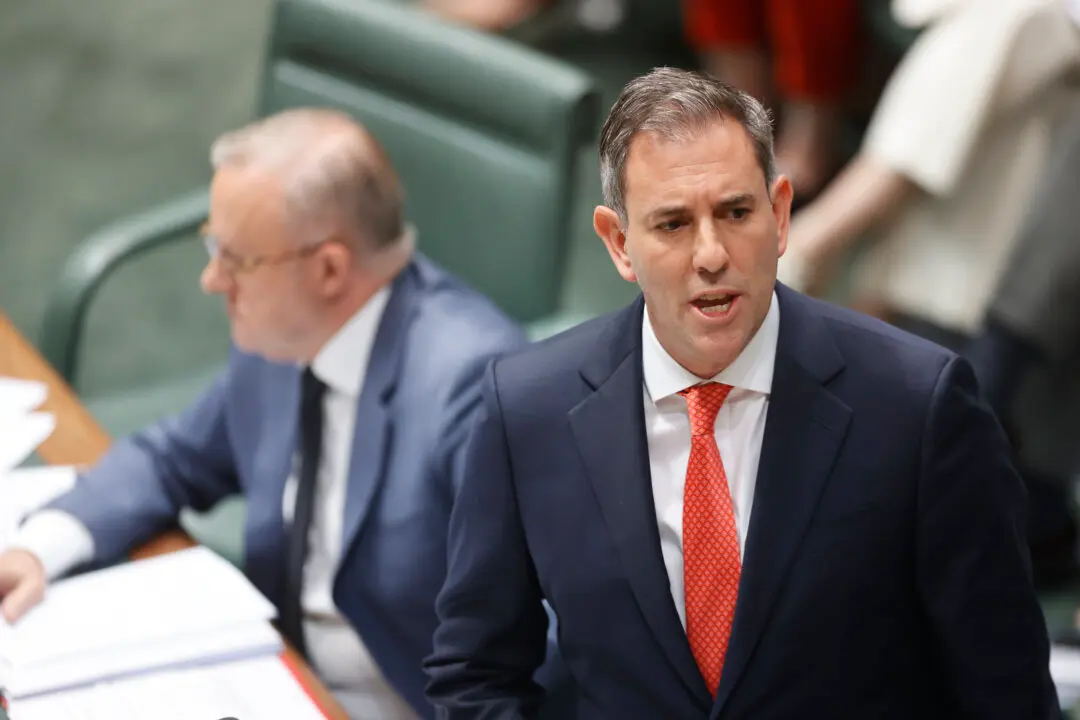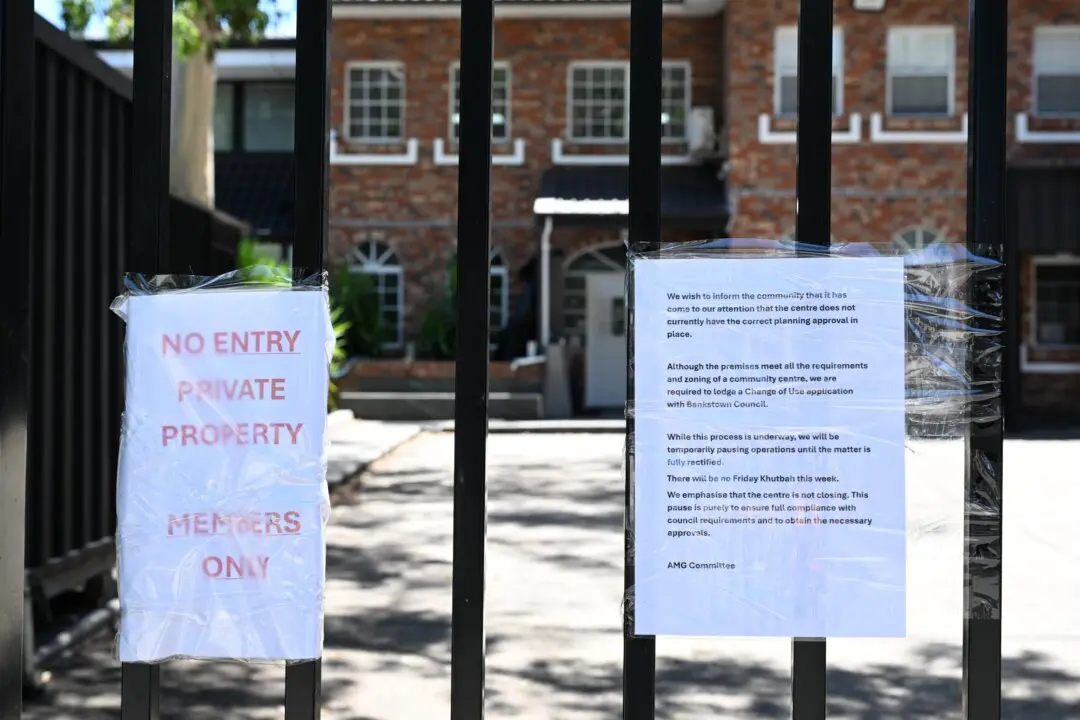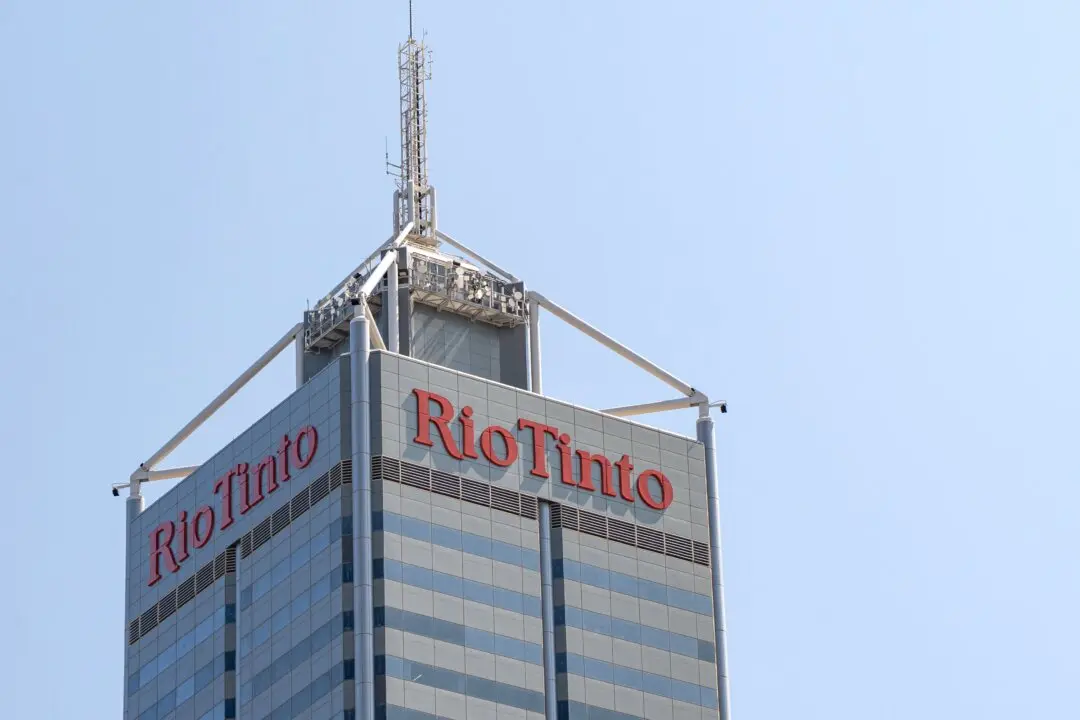One of Australia’s oldest manufacturers of hot water system suppliers, Dux Hot Water, has warned a Senate inquiry that demand for electricity will increase faster than projections, meaning moves to shut down coal-fired power stations are too risky for the stability of the grid.
When it was acquired by Noritz in 2015, the Japanese company said Dux had an annual turnover of around $70 million (US$45.8 million).





